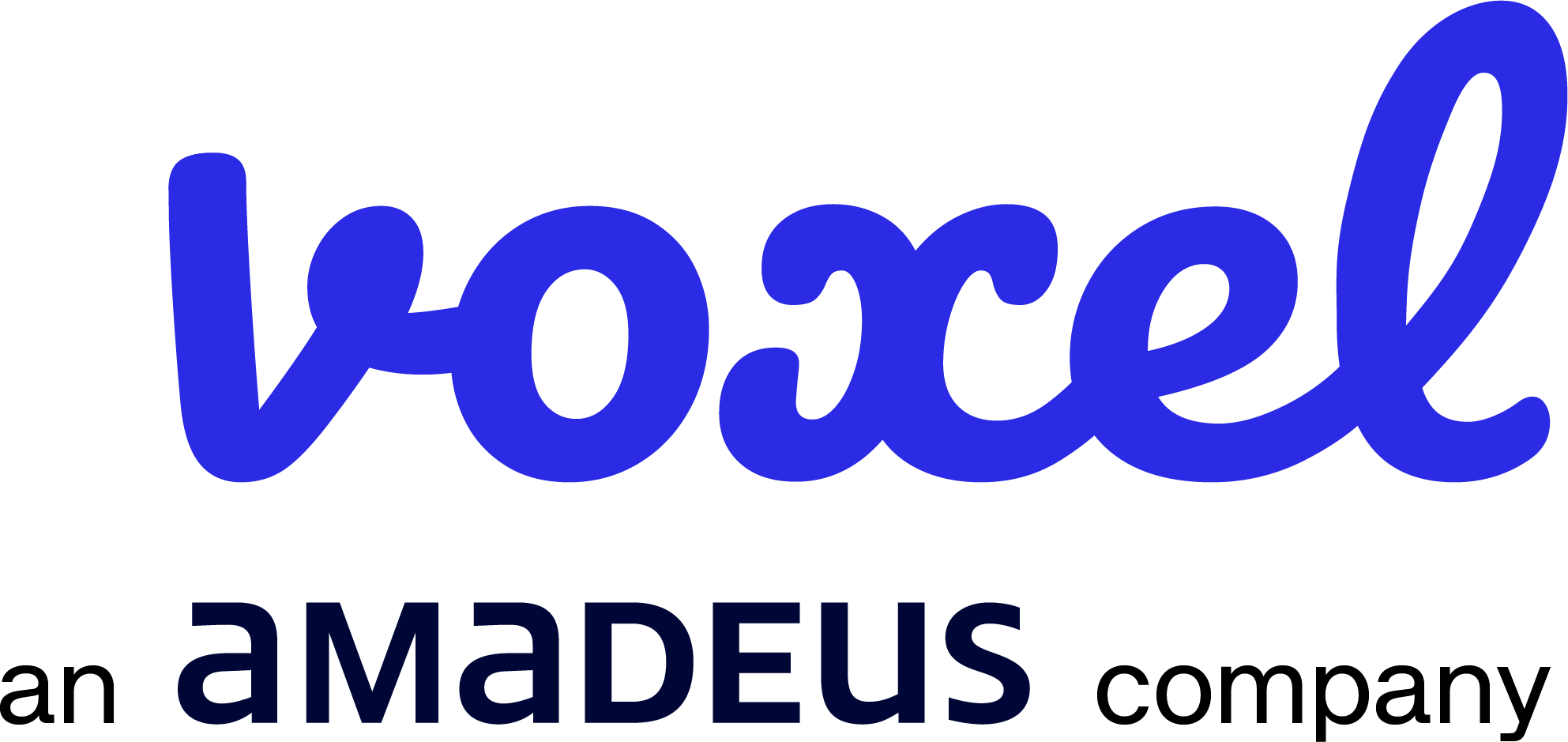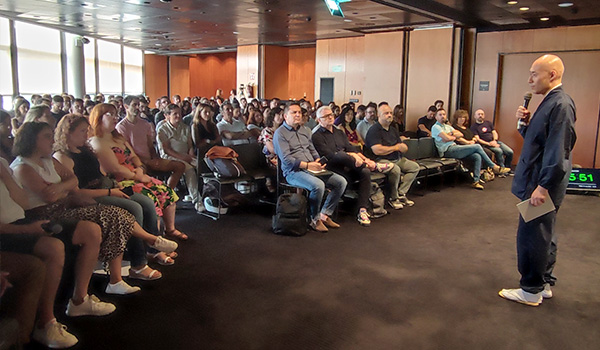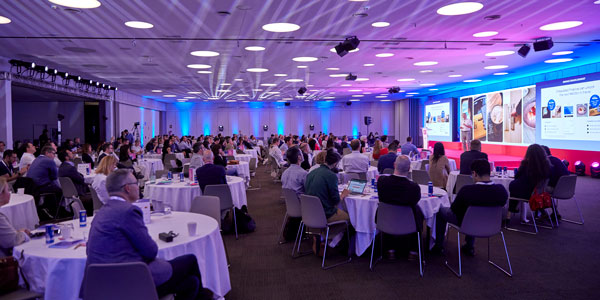In the previous article we discussed certain key aspects for organizations: the cultural alignment of collaborators, that they have the necessary capabilities to carry out their work and are motivated. This way we create a virtuous circle of value generation that is “instrumental”.
However, all this can also occur in companies that may have a negative impact on society and the environment.
This has prompted us to draft the second article where we discuss the definition of higher purpose.

The virtuous circle of higher purpose
Before going into the virtuous circle of higher purpose, we need to explain our understanding of the definition of “conscious” individuals, companies or societies.
![]() We define being “conscious” as the ability to understand the world with an increasingly broader view, from different perspectives, increasing the mental models we use to make decisions and act
We define being “conscious” as the ability to understand the world with an increasingly broader view, from different perspectives, increasing the mental models we use to make decisions and act
When companies become increasingly more conscious about their impact and take responsibility, they are able to define a higher purpose beyond simply making a profit (where the financial results of a company are also a necessary aspect in order for it to survive, to reinvest in itself and for its shareholders). In this sense, higher purpose refers to the intention of having a positive impact on one of its other stakeholders (in addition to its shareholders) and not have a negative impact on the rest: collaborators, suppliers, society and, consequently, the environment.1 2
![]() Organizations, as structures of mass collaboration, have a greater impact on society than that of its isolated individuals, as they combine and align their efforts with a shared purpose
Organizations, as structures of mass collaboration, have a greater impact on society than that of its isolated individuals, as they combine and align their efforts with a shared purpose
The most direct way of having a positive impact on society is through the organizations that comprise it, which, in turn, are made up of individuals. Investing in the development of these people (especially at an interior level) promotes and increases their consciousness. This, in turn, impacts the development and greater consciousness of organizations and society. What we have talked about is represented in the diagram below.
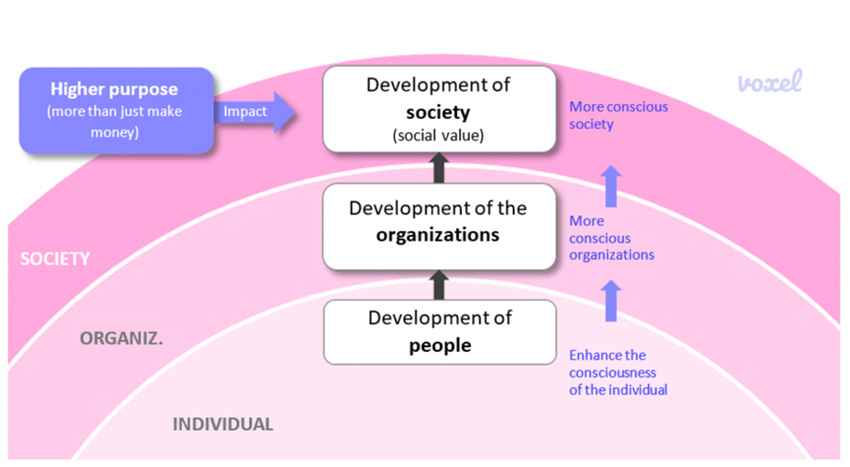
This generates a new virtuous circle based on the higher purpose: the attraction of talent towards companies with a greater purpose, which in turn will help generate more economic resources to achieve it. This higher purpose will also foster a sense of belonging in the members of the organization.
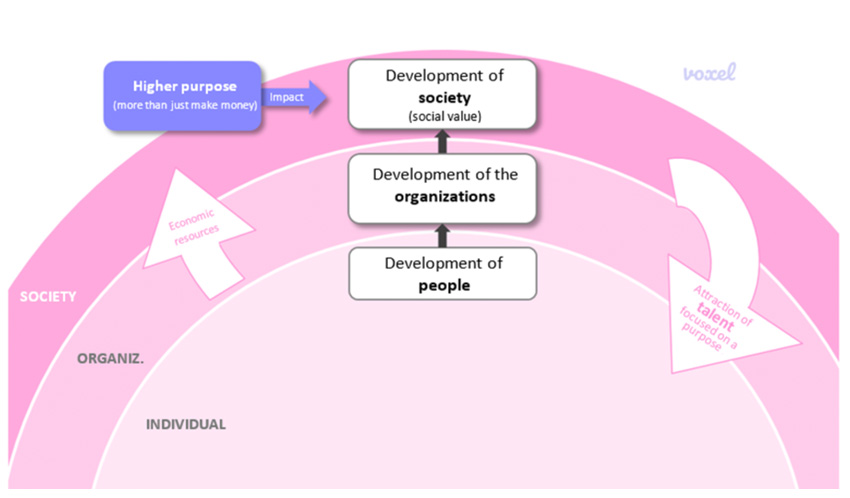
As a whole, the virtuous circle based on the higher purpose is linked to the most instrumental virtuous circle of the organization as follows: the economic engine of the company provides it with the “oxygen” that is needed to survive and is what allows them to drive their higher purpose. This way, the company’s business model is at the service of its higher purpose.
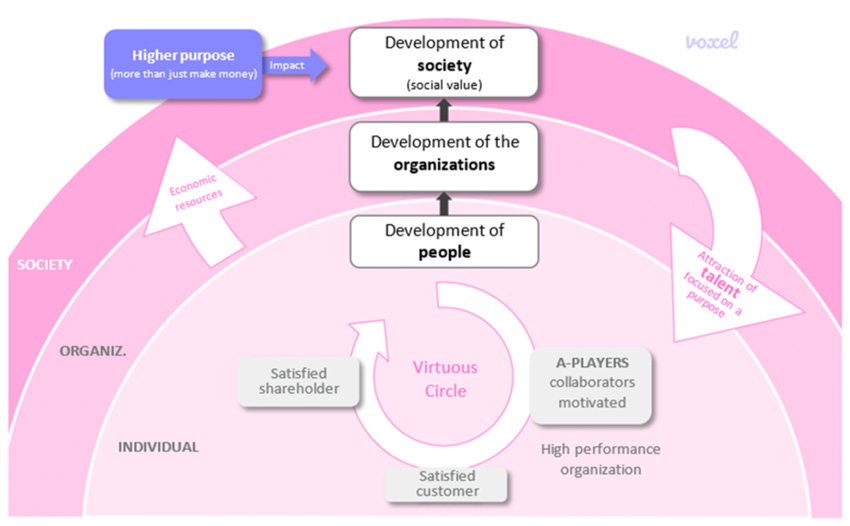
The development and increased level of consciousness of people is a positive impact driver in society. The correlation with the business sector is the establishment of a higher purpose (which additionally generates a virtuous circle of talent attraction and retention). How can companies put this into practice? In the following article we will see an example of how these concepts have been articulated at Voxel.

1John Mackey and Raj Sisodia – Conscious Capitalism
2John Elkington – Triple Bottom Line

